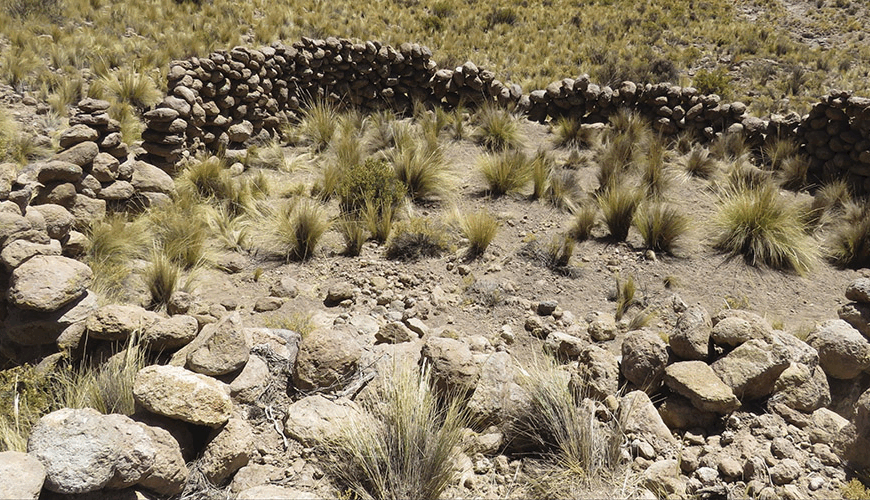News
Apple TV Halts Hunting Thriller After Plagiarism Allegations
December 3, 2025 •iSportsman Staff
October 13, 2025
Most deer hunters already know this: natural funnels—saddles, ridgelines, pinch-points—are gold. You put your stand where deer have no choice but funnel past, and your chances of catching a bruiser on the hoof go way up. But here’s a kicker: it looks like our ancestors knew that trick too—and took it to an epic scale.
According to a new analysis of satellite imagery and reported by Phys.org, archaeologists have located 76 huge funnel-shaped stone traps, known as chacus, scattered across the highlands of northern Chile. These “megafunnels” were formed by two long “antennae” walls—often 150 meters in length or more—that guided animals downhill into an enclosure or pit roughly 95 square meters (right at 114 square yards to us Americans) in area, dug maybe two meters deep. The walls often exploited topography, using slopes and natural terrain to reinforce the funneling effect.
These were not little traps, but rather large-scale architectural works, designed to herd wild game (in this case typically, vicuña, relatives to alpacas) en masse. The study was conducted by Adrián Oyaneder with his original report published in Antiquity.
This finding is a true echo of what modern hunters have learned, though at a smaller scale. Centuries ago, at least 6,000 years back in land that is now part of the Andean landscape of Chile, people studied the terrain, watched how game moved and then altered the landscape — constructing “antennae” walls to force animals into capture and kill zones.
It also suggests that strategic hunting was deeply sophisticated in these ancient societies. Building 150-meter stone walls is not casual work. It implies planning, labor, cooperation and the expectation that the payoff (in the form of meat and hides) was worth the effort.
So next time you’re glassing a saddle or looking for pinch points, remember: you’re part of a rich tradition that spans much of the existence of mankind.
